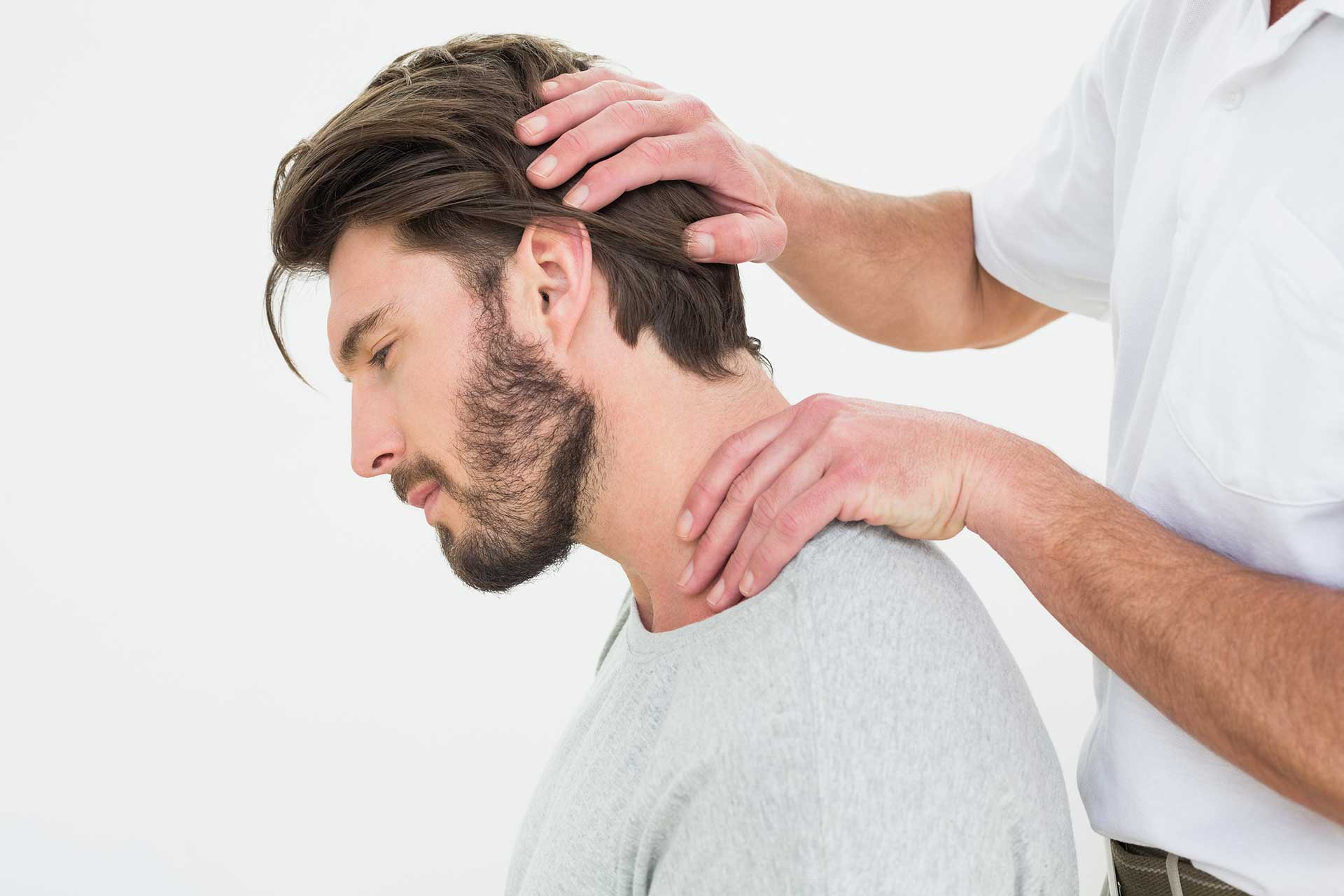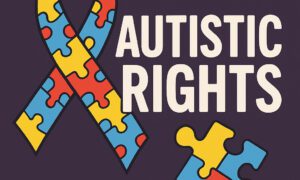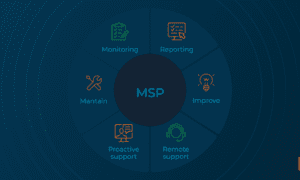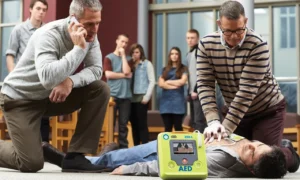Car accidents can be disorienting. One moment you’re driving along, maybe thinking about dinner or your weekend plans, and the next your body’s slammed forward, your neck jerks, your muscles tense, and your heart’s pounding. After the chaos settles, there’s one pressing question many people ask: how soon should I see a chiropractor?
It’s more common than you’d think for people to delay treatment. Some don’t feel pain immediately, others assume it’ll go away on its own. But chiropractors often see patients whose symptoms worsened simply because they waited too long. Clinics like those offering West Denver chiropractic services regularly work with car accident victims, helping them recover before minor injuries become long-term problems.
Let’s break down when and why to see a chiropractor after a car crash, what to watch for, and how early care might make all the difference.
Don’t Wait for Pain to Set In
One of the biggest misconceptions is that if you’re not hurting, you’re fine. The truth is, after a collision, your body pumps out adrenaline and cortisol. These hormones help you stay alert in the moment, but they also mask pain and inflammation. That’s why it’s entirely possible to walk away from a crash feeling okay, only to wake up the next day barely able to turn your head.
Whiplash, soft tissue injuries, misalignments, and nerve issues can all be “invisible” at first. Some people don’t feel anything for 24 to 72 hours, while others may not realize their posture, sleep quality, or range of motion has changed until weeks later.
So how soon is too soon? If there’s no bleeding or broken bones, many chiropractors recommend an evaluation within 24 to 48 hours. That early check-up isn’t just about treating pain, it’s about catching misalignments and tissue damage before scar tissue sets in.
Common Symptoms That Might Be Delayed
After an accident, your body goes into a kind of alert mode. During that time, it’s easy to ignore subtle warning signs. Keep an eye out for these symptoms, even if they seem small:
- Neck stiffness or soreness
- Headaches at the base of the skull
- Dizziness or blurred vision
- Tingling or numbness in the limbs
- Trouble concentrating
- Trouble sleeping or irritability
- Jaw tightness or pain when chewing
Sometimes, what seems like a mild annoyance could be a sign of spinal misalignment or nerve compression. The earlier those issues are diagnosed, the better your odds of a full recovery.
Chiropractic Care Isn’t Just About Cracking Backs
Many people think of chiropractors and picture loud pops or twisting motions. That’s only part of it. Today’s chiropractic care is often much more holistic. Depending on your needs, your chiropractor might use a mix of manual adjustments, massage therapy, instrument-assisted techniques, or even cold laser therapy.
The goal is to reduce inflammation, restore proper alignment, and get your nervous system working the way it’s supposed to. And because chiropractors specialize in musculoskeletal injuries, they’re uniquely trained to treat the kinds of issues caused by sudden impact trauma.
Why Early Treatment Matters
Imagine spraining your ankle but continuing to walk on it for weeks. You’d expect swelling, compensation injuries, maybe even joint instability down the line. The same goes for your spine and neck.
When you delay treatment, your body starts to adapt to the injury. Muscles tighten, joints lose mobility, and scar tissue forms. These changes might not hurt at first, but they can lead to chronic pain, stiffness, migraines, or even long-term disability.
Early chiropractic treatment helps:
- Prevent chronic pain from setting in
- Speed up the healing process
- Reduce the need for prescription pain meds
- Restore range of motion and posture
- Lower your risk of future injuries
Even a few gentle sessions early on can help keep small issues from becoming big ones.
What If You Were “Barely Hit”?
Low-speed crashes still create impact. In fact, research shows that whiplash can occur at speeds as low as 5 to 10 mph. The force doesn’t have to be dramatic to jolt your spine or strain your neck muscles.
Insurance companies and well-meaning friends might tell you you’re fine if the damage to your car was minimal. But your body isn’t a fender. You might walk away from a minor fender bender and still experience serious symptoms a few days later.
If you’ve been rear-ended, even at low speed, don’t write it off. A quick consultation could uncover small misalignments you’d never know were there until they caused bigger problems.
Chiropractic and Legal Claims
If your accident might involve a personal injury claim, visiting a chiropractor early helps document your injuries. Medical records from the days immediately following your crash can be valuable if you’re pursuing compensation for treatment, lost wages, or pain and suffering.
Chiropractors familiar with auto injuries often provide detailed notes, treatment timelines, and diagnostic imaging that attorneys and insurance adjusters rely on. That doesn’t mean you’re faking anything. It simply ensures there’s a clear record of your symptoms and how they progressed.
The longer you wait, the harder it can be to prove your injuries were caused by the accident. This is especially true with soft tissue damage, which doesn’t always show up on X-rays or scans.
What to Expect at Your First Appointment
If you’ve never seen a chiropractor before, don’t worry. A typical post-accident exam includes a physical assessment, discussion of symptoms, review of medical history, and sometimes imaging like X-rays. You won’t be cracked right away unless it’s safe and appropriate.
Depending on what the chiropractor finds, you might receive:
- Spinal adjustments to restore alignment
- Soft tissue therapy for inflamed or damaged muscles
- Gentle stretching or guided exercises
- Advice on posture, rest, and home care
- A custom treatment plan, often lasting a few weeks
The first few sessions are often focused on reducing inflammation, so adjustments may be mild at first.
Finding the Right Chiropractor
If you’re feeling sore or uncertain after an accident, don’t just Google randomly and choose the nearest office. Look for a chiropractor who specializes in auto injuries or has experience working with personal injury cases. They’ll be more familiar with the kinds of trauma that happen during collisions and how to treat them effectively.
Ask whether they provide support for legal documentation, accept auto insurance, and offer flexible scheduling. And trust your gut. A good chiropractor will listen, explain your options, and never pressure you into unnecessary treatments.
Final Thoughts
The best time to see a chiropractor after an auto accident is as soon as possible, ideally within a day or two. Even if you’re not feeling pain yet, that early intervention can prevent serious problems from taking root. Remember, your body might be quiet now, but that doesn’t mean it’s not injured.
Listening to your body and trusting your instincts is key. If something feels off, it probably is. And if you’re ever unsure, a visit to a qualified chiropractor could be the smartest move you make after your collision.

































